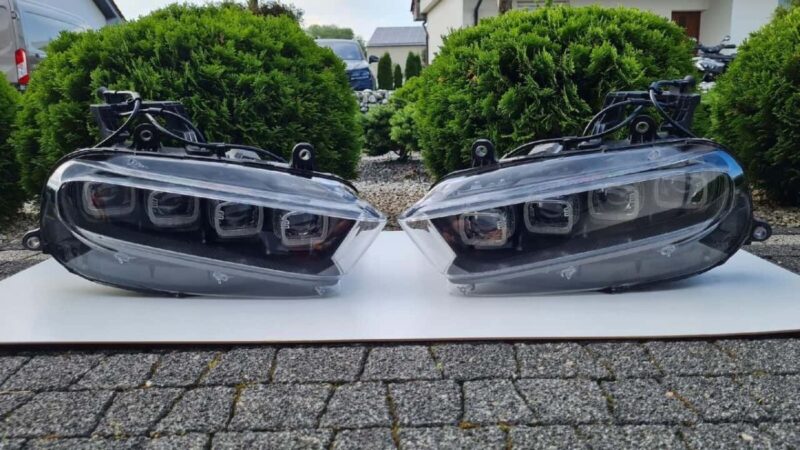Not many cars have quad lights like the Bugatti Chiron. Its brightness is quite clear, making it easily recognizable from a distance or at night.
However, this vehicle is quite rare, with only 500 units built. Of course, this exclusive level comes with a high cost, not only when purchasing the car, but also for replacement parts.
For reference, an ad on eBay Germany is displaying a pair of front headlights by Valeo for the Chiron at a staggering price. Guess how much? RM100,000? RM250,000? Wrong.
A pair of quad LED lights that can be installed on the Chiron Pur Sport and Super Sport 300+ are priced at 147,000 euros, equivalent to RM712,773 (based on today’s exchange rate). With this price in Malaysia, you could buy a new BMW X7, Lotus Emeya, Mercedes S580e, or Audi A7. Imagine the price of a pair of lights matching that of luxury cars.
The eBay seller is based in Poland but can ship the Chiron lights to European countries for an additional 1,000 euros (RM4,848). Want it shipped to Malaysia? Definitely possible, but we’re sure the shipping cost will be even higher.
According to the ad, the lights are new and in perfect condition. They have the OEM part code written as 5B4941035C 5B4941036C.
Why are these LED lights so expensive? Certainly for several reasons. The lights are high-tech, not just regular LEDs but complete with the latest functions like Auto High Beam and matrix technology.
Furthermore, they are expensive due to limited production. Any item produced in limited quantities will naturally have a higher price to achieve economies of scale.
Finally, if you can’t accept the price, perhaps you are not yet a Bugatti target customer. For Bugatti owners and customers, they have no problem paying such prices as long as their collectible cars are in perfect condition to showcase on social media and hang out with friends.
